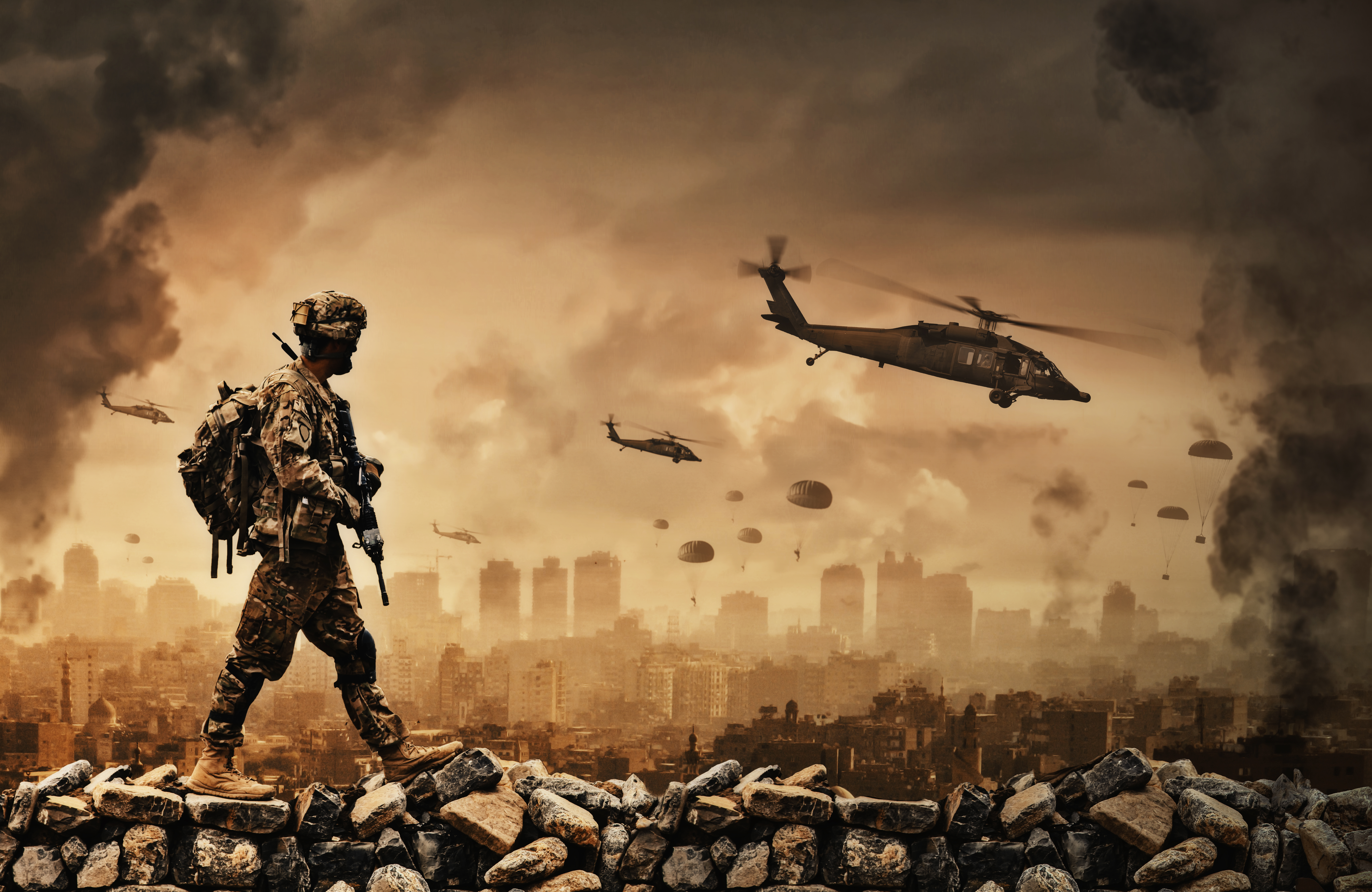Blog
- Unraveling the Complex Relationship Between Socioeconomics and War
Introduction:
The intersection of socioeconomic factors and warfare is a complex and multifaceted domain, one that has shaped and been shaped by human history. This article delves into the intricate web of how socioeconomic elements influence the outbreak, progression, and consequences of wars, while also exploring how conflicts, in turn, reshape economic and social landscapes.
Historical Perspective:
Historically, socioeconomic disparities and tensions have often been significant precursors to conflict. The feudal systems, colonial empires, and industrial revolutions brought stark inequalities and economic strains that frequently culminated in wars. For instance, the French Revolution was profoundly influenced by economic hardship and social inequality. Similarly, the American Civil War was deeply rooted in economic, social, and political differences between the North and South, particularly over slavery and its economic implications.
Economic Causes of War:
Wars often arise from economic motivations. Countries may engage in conflicts to control resources like oil, minerals, or fertile land. The scramble for Africa in the late 19th century, driven by European powers' desire for resources and market control, stands as a prime example. Modern examples include conflicts in the Middle East, where oil has been a significant factor.
War as a Tool for Economic Gain:
In some cases, nations perceive war as a means to stimulate their economies. The military-industrial complex, a term popularized by President Eisenhower, describes a country's military establishment and those industries producing arms or other military materials, benefiting economically from conflict. World War II, for instance, is credited with pulling the United States out of the Great Depression, as war production boosted economic activity.
Socioeconomic Inequality and Conflict:
Socioeconomic inequalities can fuel civil unrest and conflict. When wealth and power are concentrated in the hands of a few, and the majority faces poverty and lack of opportunities, tensions rise, potentially leading to internal conflicts. The Arab Spring is a contemporary instance where socioeconomic frustrations played a crucial role in igniting widespread protests and civil wars across several Middle Eastern and North African countries.
The Impact of War on Socioeconomic Structures:
The impact of war on a nation's socioeconomic structure can be profound and long-lasting. Post-war periods often see significant shifts in economic policies, social norms, and power structures. The Marshall Plan post World War II is an example of economic rebuilding that reshaped European economies. Conversely, wars can also devastate economies, destroy infrastructure, and create long-term social and economic challenges, as seen in the aftermath of conflicts in countries like Afghanistan and Syria.
The Role of Globalization:
In the era of globalization, the relationship between socioeconomics and war has taken new dimensions. Economic interdependence among nations can act as a deterrent to war, as countries are less likely to engage in conflict with valuable trading partners. However, globalization can also exacerbate inequalities, both within and between countries, potentially leading to conflicts.
Psychosocial Factors:
It's crucial to consider the psychosocial factors that intertwine with socioeconomic conditions in the context of war. Propaganda, nationalistic sentiments, and ideological motivations often intersect with economic interests, shaping public opinion and justifying wars. The Cold War era, with its ideological battle between capitalism and communism, illustrates this intersection.
Conclusion:
The relationship between socioeconomics and war is intricate and dynamic, influenced by historical, cultural, and political contexts. Economic motivations, inequalities, and the quest for resources often drive conflicts, while wars, in turn, reshape economic landscapes and social structures. Understanding this relationship is crucial for developing strategies to prevent conflict and manage its aftermath, ensuring a more peaceful and equitable world.
In summary, the intertwining of socioeconomic factors and warfare is a complex narrative that continues to evolve, reflecting the changing dynamics of global politics and economics. Recognizing and addressing the root socioeconomic causes of conflicts might be a key step toward a more stable and peaceful global society.





No Comments
Signup or login to leave a comment